Page 4 - Installation & Drivers
Software Installation
The first time I installed the Sonars, I just plugged them into the test machine and started using them straight away. If you want more than basic functionality, though, youll be needing the drivers. The drivers are at first blush remarkably similar to other C-Media drivers, like the one that comes with the Auzentech X-Meridian. The Sonars driver is much simpler because it doesnt have to support more advanced features like Dolby Digital encoding.

You can even install the Sonar on a Mac, but there arent any drivers for OS X, so you wont get full functionality. The Windows drivers have four main tabs, main, mixer, effects, and the ever important version-info tab.
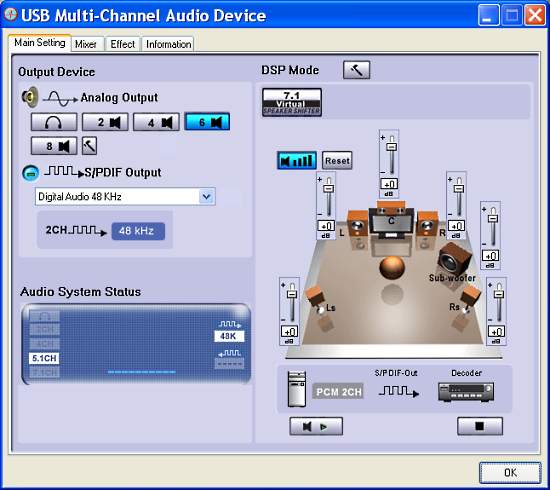
The Main tab has all the speaker settings, including individual volumes. You would use these to fine-tune the surround sound experinece, which you should do to get the best out of the Sonars.
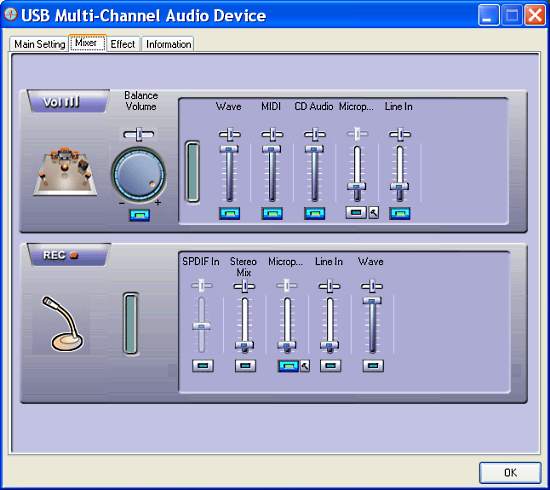
The Sonar drivers have a few superflous controls, like the line-in and S/PDIF, but it's OK, we understand. These are a headset and not a full blown sound card. It would have been very cool if the Sonar had an extra output, digital or analog, though.
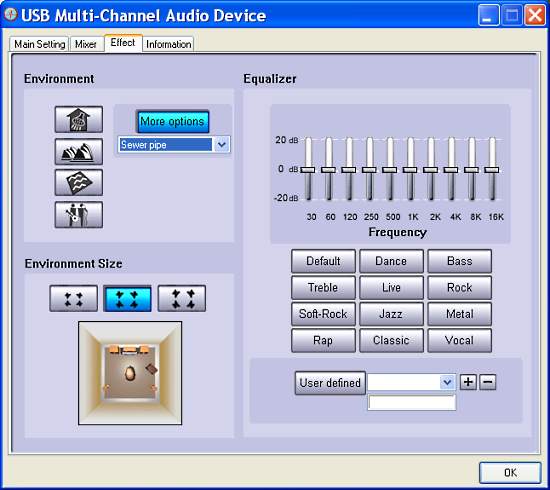
The Equalizer can come in handy with all those presets, or you can define your own to spice your music to taste. All the DSP environments are all well and good reverb effects, but the one notable feature that's missing is the karaoke. Honestly, who do CyberSnipa think they are? What, am I supposed to go back to singing in the shower? I kid, I kid. But, really...
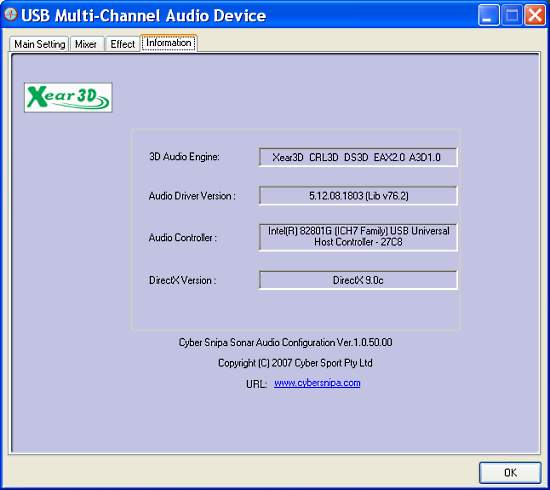
We did find that there are newer drivers on CyberSnipa's website for the Sonar. We hit two seperate cases with BSoD on starting Bioshock with the Sonar. These were fixed with the the new drivers, so please make sure your Sonar have a version equal or higher than the above.
Theres also two surprise software applications, helicopter and rockwar. Both are designed to showcase the surround sound capabilities of the Sonar. The Helicopter demo showed that the Sonar have a mixing problem with the center speakers being too dominant. You can adjust the volumes of the surrounds so the center channel isn't so abrupt and loud. The Rockwar demo was a bit better, as the sound is more like what you get in slower paced video games with intermittent sounds.
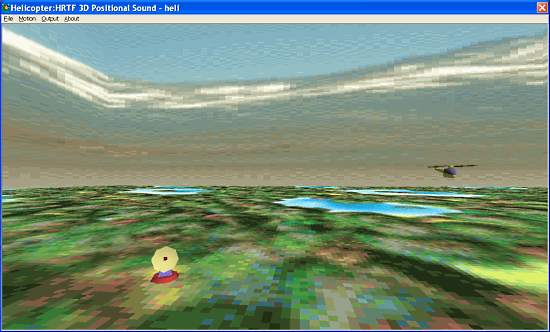
Yup, I'm going to post both screenshots.
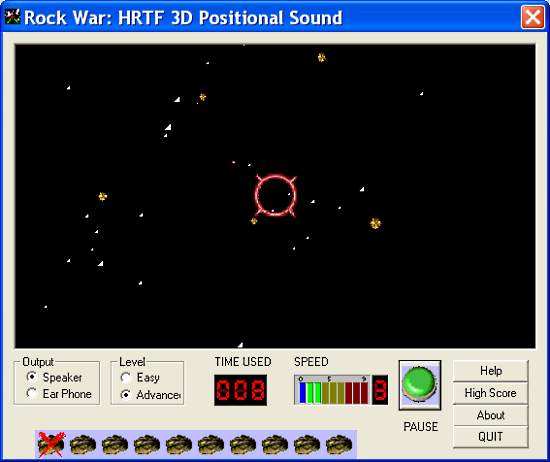
Both use HRTFs, or head-related transfer functions. These algorithms try to reduce your head and ears down to a mathematical model. So then, when you hear the processed sound, you have a better chance hearing surround sound. I'm sure you're wondering why you would need HRTF algorithms with surround sound headphones, since the big business is making 2 channels sound like 8.
I'm so glad you asked. Stereo is a HRTF of sorts, it counts on the fact that both ears will hear each channel (slightly delayed, of course), creating the illusion of a stage with instruments placed in specific positions. With headphones, there's very little channel leakage, so most of the time, it sounds like it's all in your head. So now, say you've got a hot new game that uses surround sound. If you've only got a pair of headphones, the HRTF should do a pretty good job of simulating the surround with just those two speakers.
Of course, if you've got a full blown surround sound home theatre setup, then there's no need for HRTF, and you just hope the sound engineers did a good job mixing the sound. The same goes with surround headphones, if you 'salt' the volumes to taste, it shouldn't matter much at all, as long as the sound engineers got it right.
The second discovery is that the Sonar cant process sound above 16-bit/48KHz. Creatives Audigy series also had this limit, so it isnt all that bad.
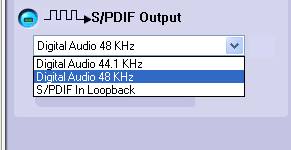
It is a bit odd having a digital-out section for a pair of headphones, simply because theres no such thing as a digital speaker. The Sonar dont have an optical output on them either, so
I really like light drivers and the Sonar (C-Media) is just over 4MB, which is almost virus-like in size. Compare this to Creatives roughly 22MB (X-Audio) or the onboard Intel (975X, SigmaTel) at 23MB, if you dare.
